Bookkeeping
Step by Step Guide to Bookkeeping Principles & Basic Bookkeeping for Small Business
Table of Contents
Copyright 2018 by Mark Smith - All rights reserved.
T he following eBook is reproduced below with the goal of providing information that is as accurate and reliable as possible. Regardless, purchasing this eBook can be seen as consent to the fact that both the publisher and the author of this book are in no way experts on the topics discussed within and that any recommendations or suggestions that are made herein are for entertainment purposes only. Professionals should be consulted as needed prior to undertaking any of the action endorsed herein.
This declaration is deemed fair and valid by both the American Bar Association and the Committee of Publishers Association and is legally binding throughout the United States.
Furthermore, the transmission, duplication or reproduction of any of the following work including specific information will be considered an illegal act irrespective of if it is done electronically or in print.
This extends to creating a secondary or tertiary copy of the work or a recorded copy and is only allowed with an expressed written consent from the Publisher. All additional rights reserved.
The information in the following pages is broadly considered to be a truthful and accurate account of facts, and as such any inattention, use or misuse of the information in question by the reader will render any resulting actions solely under their purview.
There are no scenarios in which the publisher or the original author of this work can be in any fashion deemed liable for any hardship or damages that may befall them after undertaking information described herein.
Additionally, the information in the following pages is intended only for informational purposes and should thus be thought of as universal. As befitting its nature, it is presented without assurance regarding its prolonged validity or interim quality. Trademarks that are mentioned are done without written consent and can in no way be considered an endorsement from the trademark holder.
Introduction
Congratulations on downloading Bookkeeping and thank you for doing so.
The following chapters will discuss everything a beginner needs to know in order to get started with their small business bookkeeping. Bookkeeping is important. It gives you an accurate and complete look at the finances of your business. It helps you in making important decisions about it and where it will go in the future. And it can even help you when tax season comes around.
This guidebook will bring up a lot of important topics when it comes to bookkeeping for your small business. We will talk about using ledgers, understanding the taxes with your bookkeeping, how to deal with depreciation, adjusting entries in the ledger, and the different financial statements you need to work with including the cash flow statement, income statement and more.
This is a great resource for those who are ready to start a new business but are also worried about how to keep track of all the financial information for that new business. Take some time to check out this guidebook and see how easy it can be to do your small business books.
There are plenty of books on this subject on the market, thanks again for choosing this one! Every effort was made to ensure it is full of as much useful information as possible, please enjoy!
Chapter 1: The Basics of Bookkeeping

B efore we get into some of the more in-depth stuff that comes with bookkeeping, we need to start you off with some of the basics. If you are running a business and you want to have the ability to read your financial records, and actually be able to understand them, then you need to know the basics. This helps you to know more about the financial aspects of your business rather than relying on someone else to give you this information. When you know the complete picture of your finances, you can make better decisions that will increase the growth of your business. Lets get started with some of the basics of bookkeeping!
W hen you get started with bookkeeping, you will need to learn a method known as double entry bookkeeping. This means that for each of the entries you put into the ledger, there is going to be one credit and one debit. This results in you getting the two columns to equal each other out. After getting it done and the two columns arent equal, then you know something isnt matching up the right way. The equation that is important for you to remember with the double entry method is assets = liabilities + equity.
The main point of using the double entry method is that it is simple, and it helps you catch errors early on. With a single-entry method, it would be really hard to tell if a mistake was made. You would get an answer at the end of it and assume it was right. You may have to go over the bookkeeping many times to ensure all the information is inserted properly, and there is still a chance that some errors would slip in.
With the double entry method, you are able to make sure that no mistakes are in the information that you put into the ledger. Any time that you put something into the credit column, then it needs to end up in the debit column. Any time that you put something into the debit column, then the same number needs to end up in the credit column as well.
Then, when you go through the information and do all the addition and subtraction, you should end up with the columns equaling zero. This means that both columns, the credit, and the debit need to come out to be the same thing. If you finish these two columns and they dont total out to zero, then you made a mistake in the ledger somewhere and you need to go back thoroughly and find where it is.
Next page
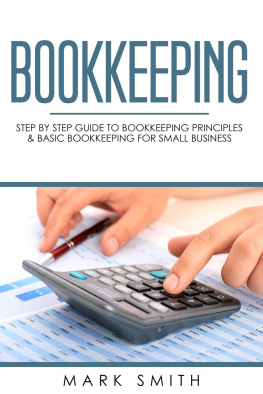



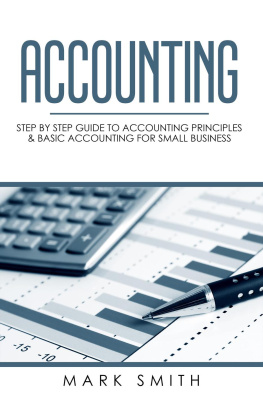

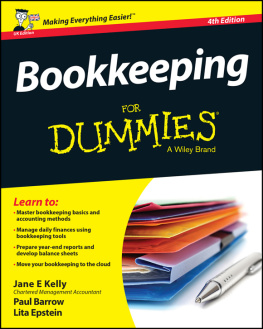
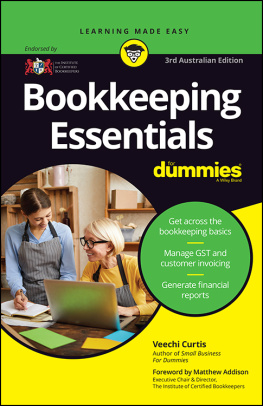
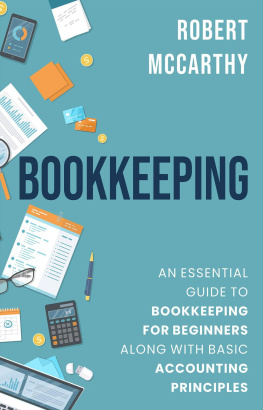
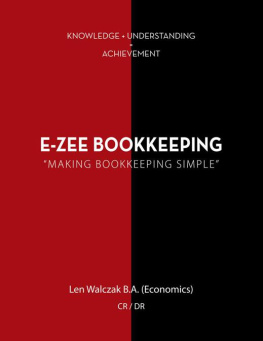
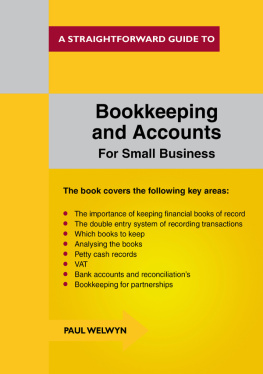
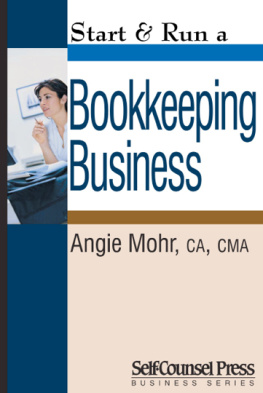
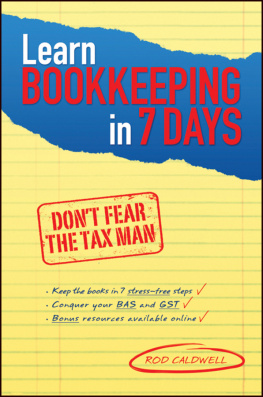
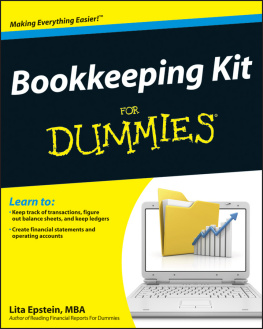

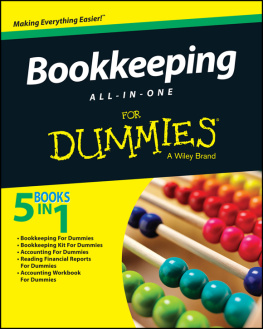
![Jane E. Kelly - Bookkeeping and Accounting All-in-One For Dummies [UK edition]](/uploads/posts/book/80164/thumbs/jane-e-kelly-bookkeeping-and-accounting.jpg)





